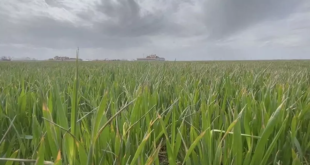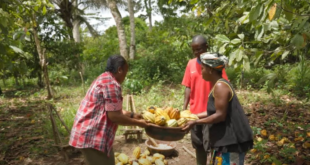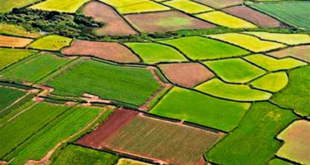Agricultural innovation is helping to reduce environmental impact while increasing yields…
During the next 30 years, the United Nations estimates that the global population will grow by 2 billion people to nearly 10 billion. To meet this demand, agriculture must wrest larger yields from a shrinking land base. At the same time, climate change and other environmental issues demand a radical reduction to agriculture’s total carbon footprint.
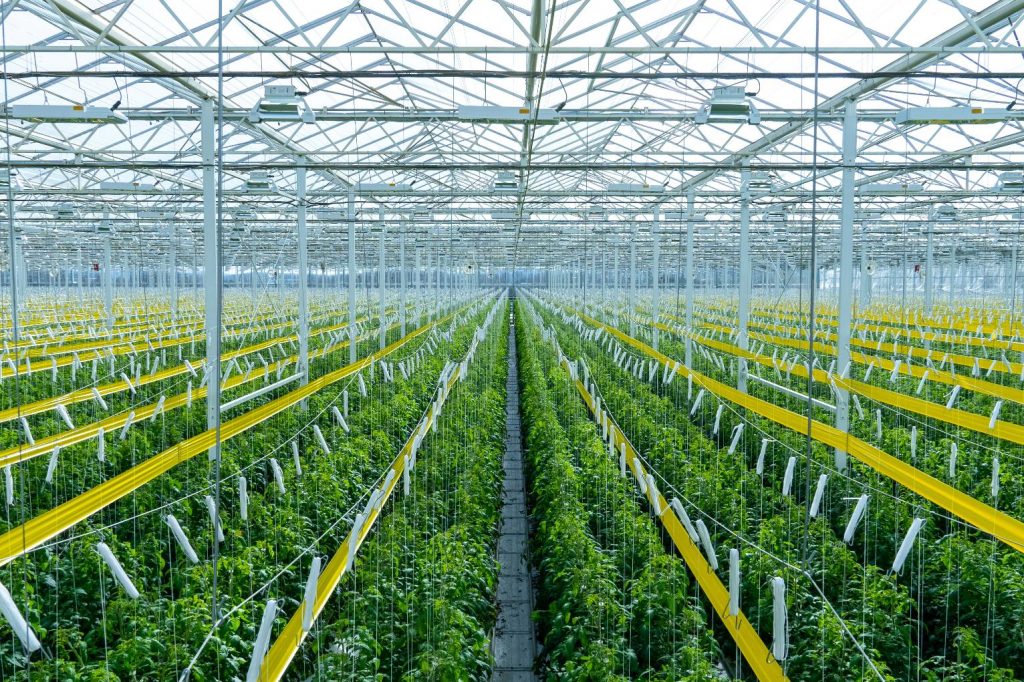
Of course, many other factors contribute to global food insecurity, from political instability to economic pressures. But while yields alone don’t feed the world, the task before agriculture remains to produce more food with less—less land, less resources, less impact. Making that happen will depend on technological innovation to make food production more efficient.
Recently, Bayer Crop Science and Fast Company hosted Transformative Innovation, a virtual panel event which brought together experts to discuss where agriculture is now, where it needs to be, and how it’s going to get there. Here are four key takeaways from the event.
FARMING GOES HIGH-TECH
“Agriculture is quite technical,” says Dr. Bob Reiter, head of research and development, Crop Science at Bayer. “It’s an incredibly fast adopter of technology.” Successful growers are the epitome of the “fail fast, learn fast” credo commonly associated with Silicon Valley start-ups, using new methods and products to bring greater precision and control to an unpredictable industry.
Farmers already use GPS, artificial intelligence, and machine learning technologies to make the best decisions possible for every acre of land they farm. Kyle Bridgeforth, co-owner of Alabama-based Bridgeforth Farms, says his company’s machinery gathers real-time data, which is then used to improve factors like when and where to plant new crops. “A generation ago, farming was purely an art,” Bridgeforth says. “Now, you’re layering in data from several different sources to make the best decision.”
It’s not just high-tech machinery that growers are benefiting from, says Dr. Karen Hildebrand, worldwide tech leader in agriculture at Amazon Web Service. New technology is not only making data easier to understand, but also easier to access. For instance, digital tools that allow for voice interactivity let growers access data without having to pull out a smartphone. “It’s something you can do even if you have dirty hands,” she says. “You can have a conversational interface and say, ‘What are the market conditions today?’ or “How much rain are you expecting in the forecast seven days from now?’ Those are the types of things that really change what a producer is able to do.”
DATA SHARING DRIVES BUSINESS
Farmers used to perfect their methods by observing and experimenting over the course of multiple crop cycles. Now they’re collecting reams of granular data every day to drive decision-making in real time. The next leap forward will come from sharing that data—with other farmers, climate scientists, and agricultural scientists. Doing so makes it possible to develop crops and products tailored to increase yield and lower impact on a specific piece of land. “I think that’s the big data opportunity,” Reiter says. “We understand the environmental data so much better—and the data coming off the farm—that we’re now trying to design the next-generation product specifically for [one farm].” Hildebrand says the key to increased data sharing is ensuring that “the farmer owns the data and feels confident it’s secure.” What’s more, Reiter adds, the data must add value for farmers and consumers alike.
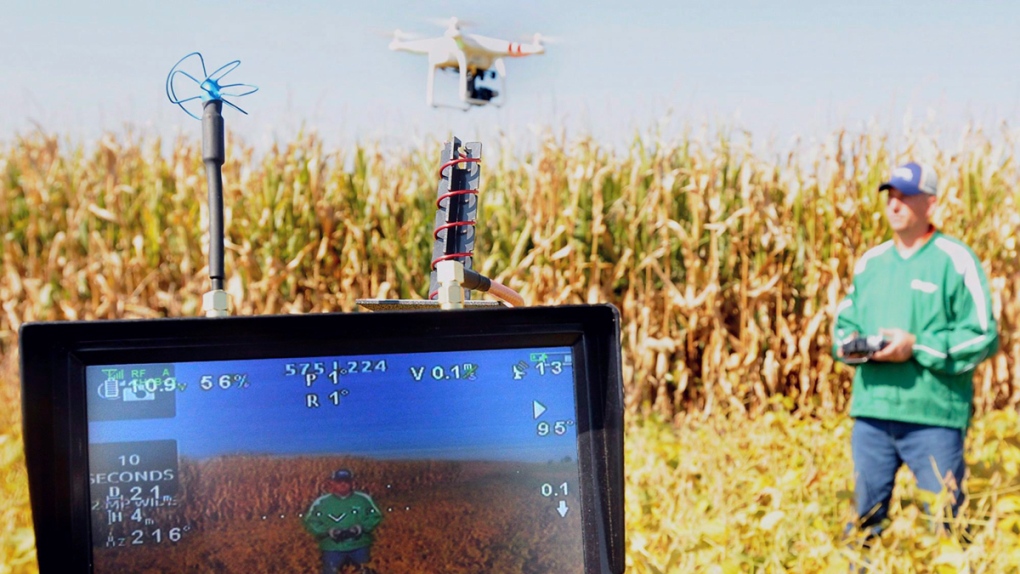
Data sharing can also drive better business decisions. Knowing the weather patterns at other farms around the world can prepare growers for shifts in the market, from potential yields to pricing trends. “What’s happening in Brazil, what’s happening in Ukraine and those other global powerhouses of agriculture can impact the price that the farmer can achieve,” Hildebrand says. “So, bringing that data story together helps individual farmers grow and makes sure they have a sustainable business model.”
DATA HELPS FARMERS MEET CONSUMER DEMAND
Farmers also can leverage granular data as they send their goods further along the supply chain. When customers place a premium on knowing where their food comes from, how it’s grown, and how it’s traded, retailers favor growers who can tell that story. “We would have never thought that a retailer would want to know when our crop was grown, how long it grows, or when it was harvested,” Bridgeforth says. But now all these details are collected by retailers that pass the information to the consumer.”
Meanwhile, data is helping to track how consumers’ food preferences are changing. In many ways, Reiter points out, food is shifting from a commodity to a specialized product. And that’s leading companies such as Bayer Crop Science to develop products and varieties tailored to meet individual needs. “This whole idea of customization is continuing to emerge in our food-production systems,” he says. “Consumers are asking not just questions about the food itself, but they’re also asking for it to be more tailored to what their needs and desires are.”
THE ECO EQUATION
The same technology used to develop high-yield varieties tailored to each microclimate also can be used to reduce the environmental impact of agriculture. Emerging practices may even help reverse environmental degradation. For example, the Bayer Carbon Program gives growers financial incentives to adopt climate-smart practices. As Reiter points out, ultimately, carbon is an opportunity for growers. Efforts like Bayer’s carbon program, which rewards farmers for adopting eco-friendly practices, are helping keep more carbon in the soil, which in turn helps growers with the next season’s crops.
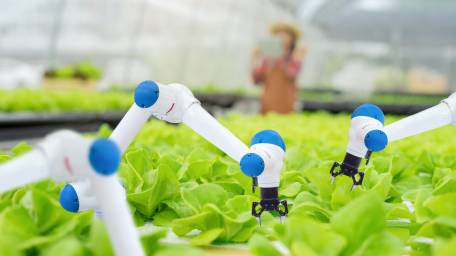
“The biggest single capture of carbon on the planet is photosynthesis,” Reiter says. “We’re trying to create financial incentives for growers by creating markets, because there are people that are interested in buying those carbon offsets.”
www.agropages.com
 THE GLOBAL WINDOW OF TURKISH FOOD AND AGRICULTURE The Global Window of Turkish Food and Agriculture Sector
THE GLOBAL WINDOW OF TURKISH FOOD AND AGRICULTURE The Global Window of Turkish Food and Agriculture Sector



